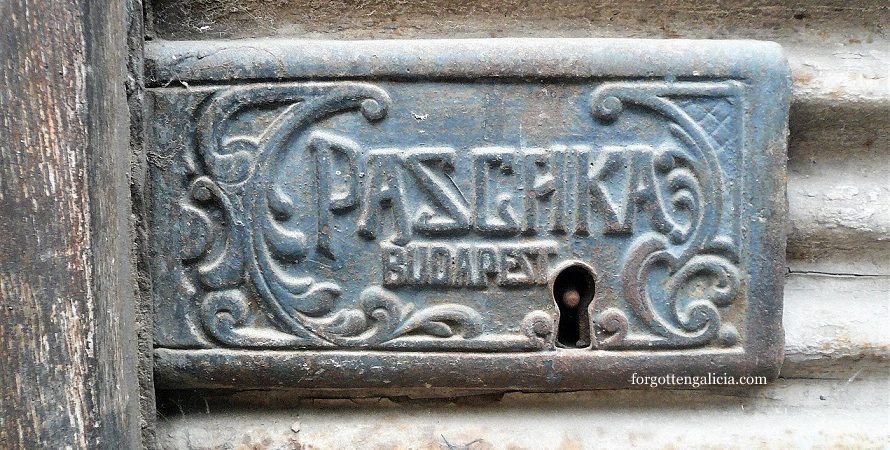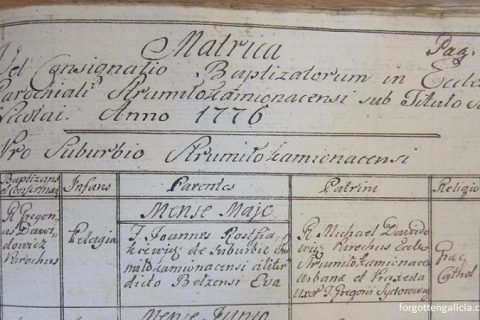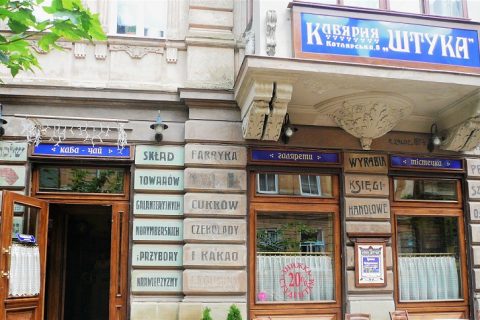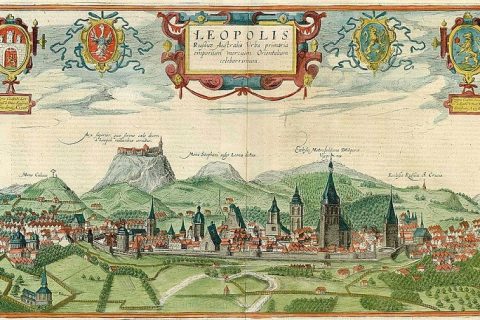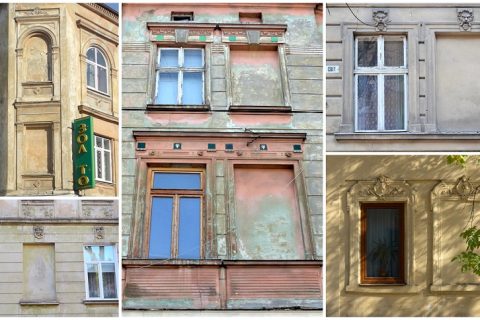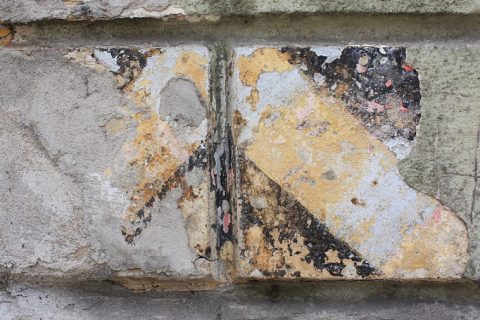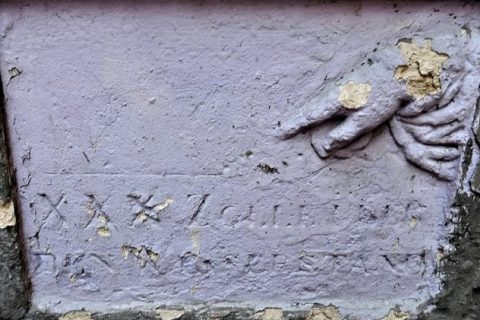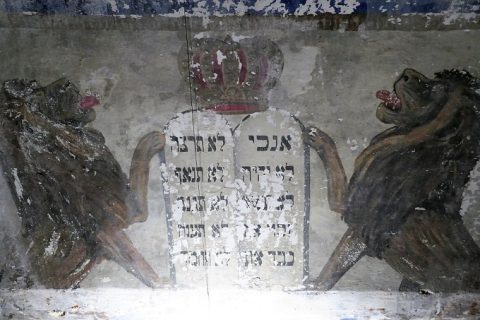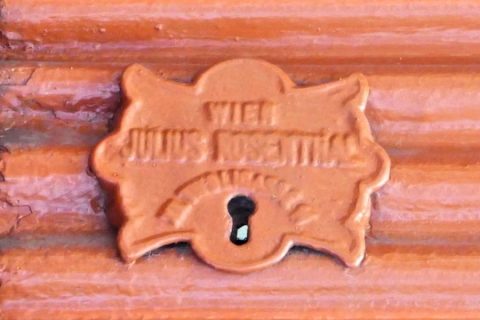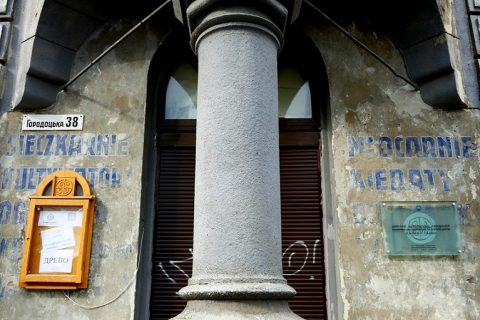The Fortunate Fate of Lviv’s Hungarian Roller Shutter
I’ve found only one example of a Hungarian-made antique roller shutter in Lviv. (However, I eventually I did find a roller shutter made by the same company in Mukachevo.) It was made by a company called Paschka és Társa (Paschka and Co.) in Budapest. It covers the storefront of an […]
Read More
